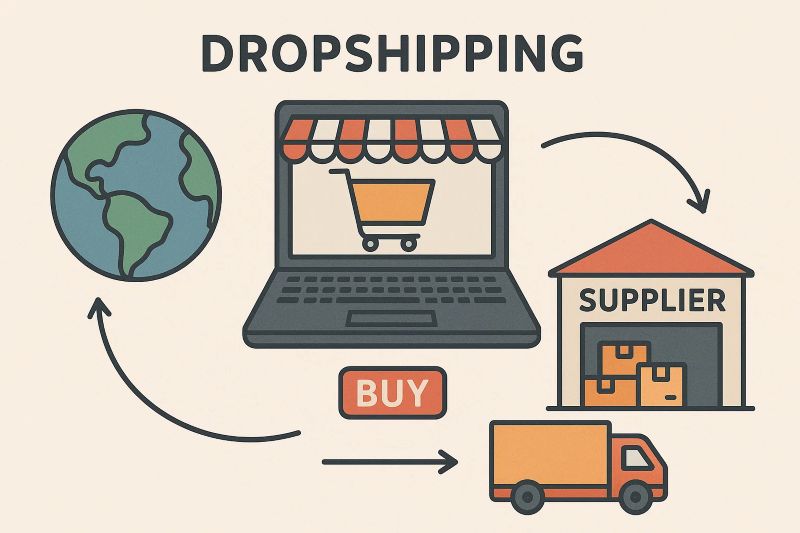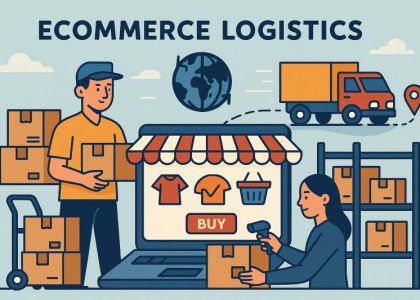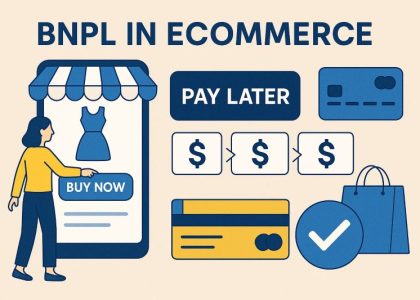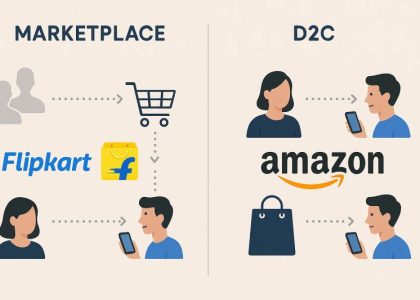Introduction
In today’s fast-paced e-commerce world, dropshipping continues to be one of the most talked-about business models. It promises low startup costs, minimal risk, and the freedom to sell products without managing inventory.
But in 2025, the game has changed. With rising competition, evolving customer demands, and cutting-edge technology shaping the industry, the big question is—is dropshipping still a smart choice?
In this blog, we’ll explore the current state of dropshipping, weigh the pros and cons, and share actionable tips to help you succeed in today’s market.
What is Dropshipping?
Dropshipping is an online retail model that allows you to sell products without holding any stock. When a customer makes a purchase, you simply place an order with a supplier who ships the product directly to the buyer.
This approach eliminates the need for:
- Warehousing
- Bulk purchasing
- Inventory management
It’s a model that has attracted thousands of entrepreneurs because of its simplicity and low entry barrier.
The State of Dropshipping in 2025
Dropshipping is still growing, but the landscape is evolving. Here’s what’s shaping the business this year:
- More Competition – Thousands of new online stores launch every day, making niche selection more critical than ever.
- Higher Customer Expectations – Buyers now expect faster delivery, better product quality, and excellent customer service.
- Better Technology – AI tools make product research, pricing, and marketing more efficient.
- Global Market Expansion – Cross-border e-commerce allows sellers to reach audiences worldwide.
Pros of Dropshipping in 2025
- Low Startup Costs – No warehouse or large investment needed.
- Wide Product Selection – Sell hundreds of products without stocking them.
- Flexibility – Run your online store from anywhere in the world.
- Scalability – Easily test and expand product offerings.
Cons of Dropshipping in 2025
- Lower Profit Margins – Intense competition often drives prices down.
- Shipping Delays – Longer delivery times can hurt customer satisfaction.
- Quality Control Issues – Product quality depends entirely on suppliers.
- Brand Building Challenges – Generic products make it harder to stand out.
How to Make Dropshipping Work in 2025
Dropshipping success today requires more than just listing products online. Here’s what works:
1. Choose a Profitable Niche
Avoid generic items. Instead, focus on trending, high-demand, and low-competition products.
2. Work with Reliable Suppliers
Build partnerships with suppliers who can deliver high-quality products quickly and maintain good communication.
3. Use AI for Marketing
Leverage AI tools to deliver personalized product recommendations, run targeted ads, and analyze customer behavior.
4. Offer Exceptional Customer Support
Provide quick, friendly, and solution-focused assistance to build trust and encourage repeat purchases.
5. Invest in Branding
Even in dropshipping, brand identity matters. Develop a unique store design, maintain a consistent social media presence, and craft engaging product descriptions.
Is Dropshipping Still Worth It in 2025?
The short answer: Yes—but only if you adapt.
Dropshipping is no longer a “get-rich-quick” business. It requires research, strong marketing skills, reliable suppliers, and a customer-first approach. If treated as a serious business, it can still deliver profitable results in 2025 and beyond.
Final Thoughts
Dropshipping is still a viable e-commerce opportunity in 2025, but success won’t come to those who take shortcuts. The competition is fierce, and customers have high expectations. By staying ahead of market trends, using the latest tools, and focusing on delivering real value, you can build a thriving dropshipping business in today’s competitive landscape.





